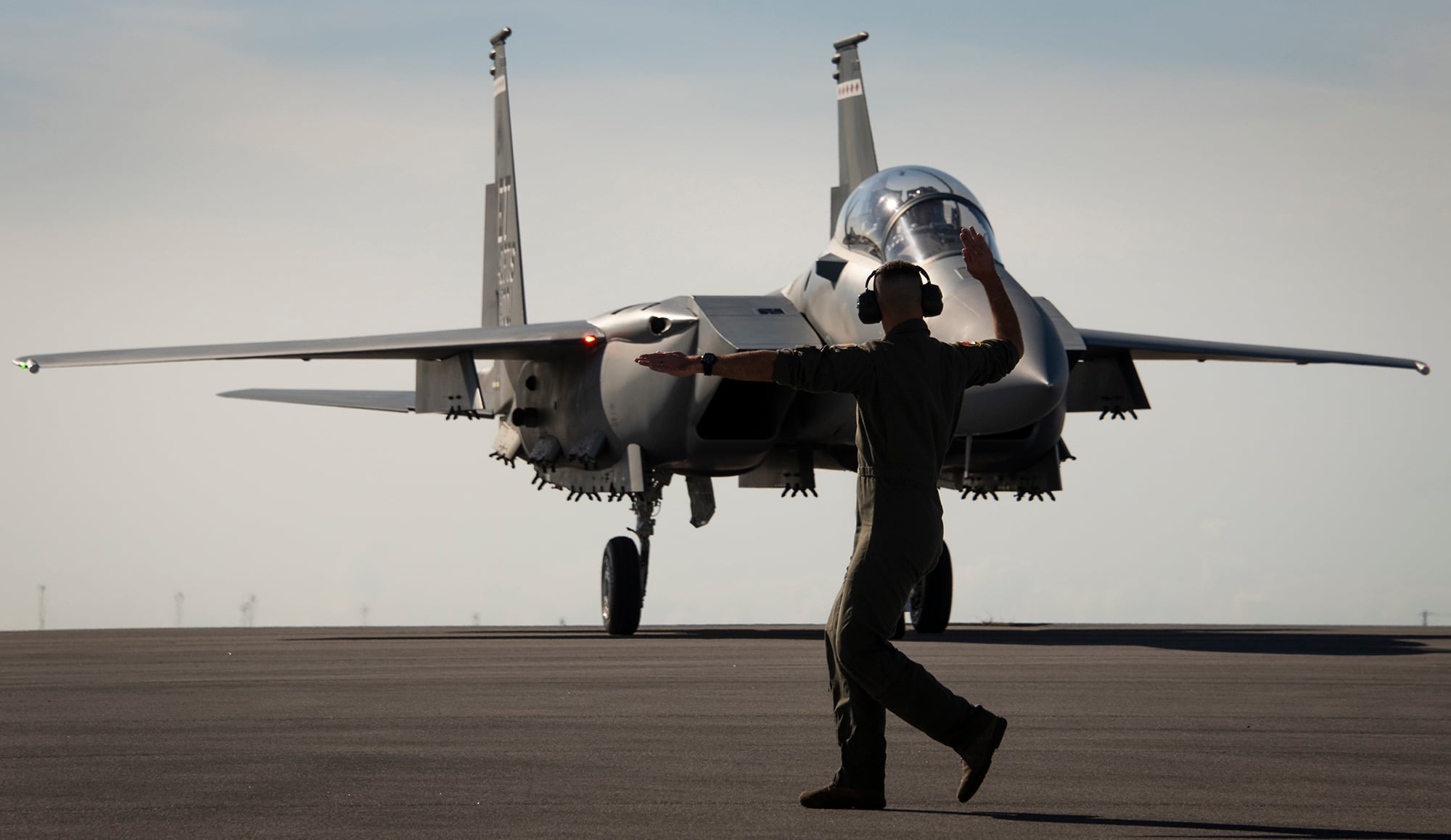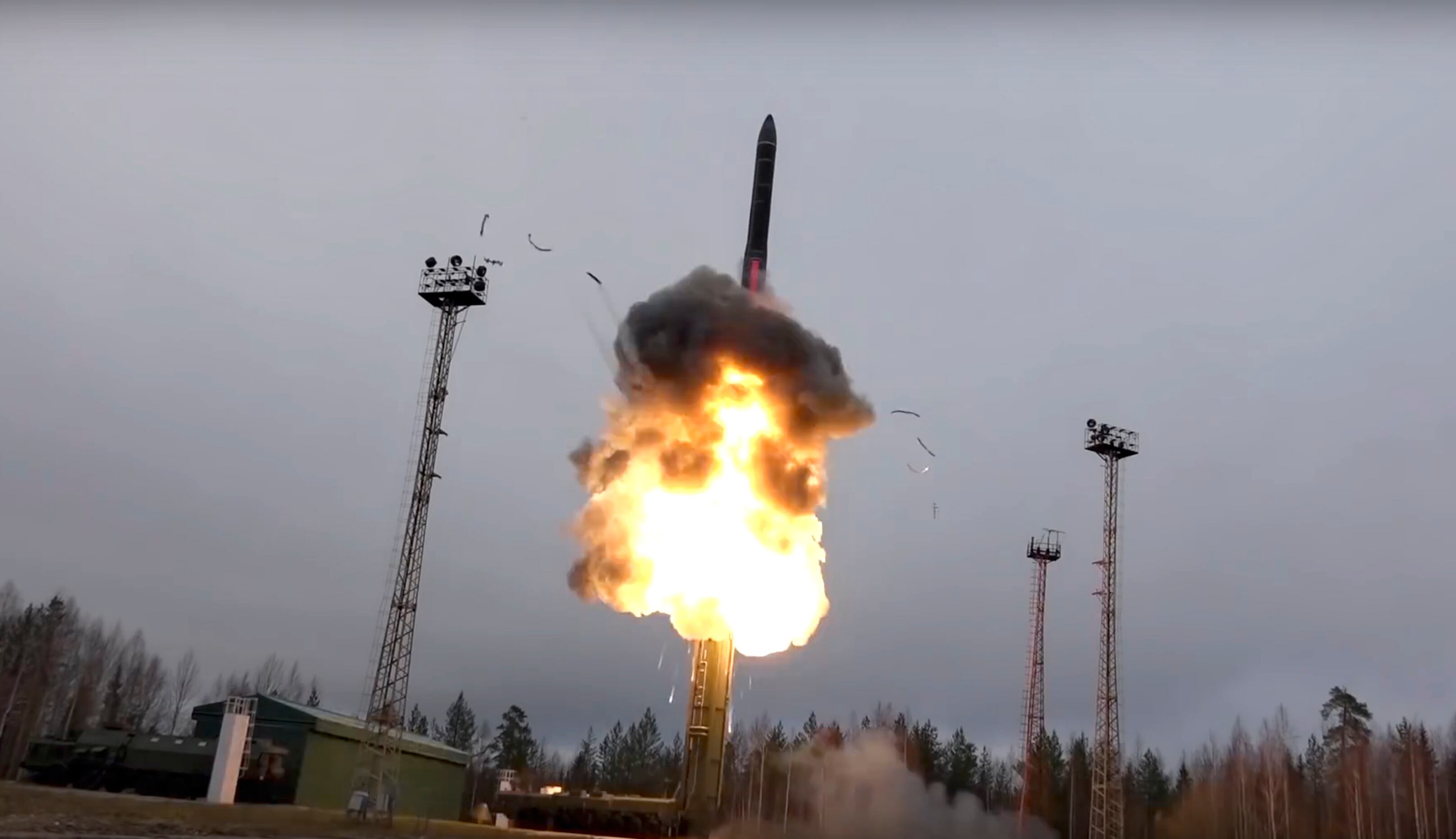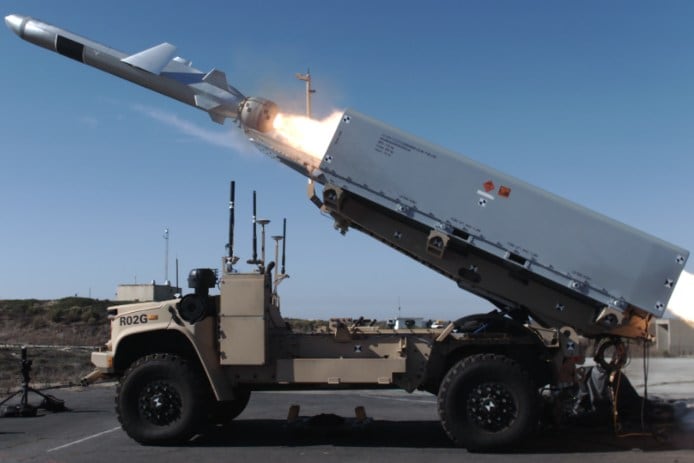WASHINGTON ― Top defense officials have completed multiple trips to Capitol Hill to defend President Joe Biden’s flat defense budget request, and now the task of tailoring that request falls to Congress.
The Biden administration sent Congress a fiscal 2022 budget request that seeks $715 billion for defense ― an $11 billion increase which some progressives say is too much and lead Republicans say is too little.
In their last appearance of the budget season, Defense Secretary Lloyd Austin and Joint Chiefs of Staff Chairman Gen. Mark Milley told the House Armed Services Committee the request is just right.
“I think that this budget provides us flexibility in granting the capabilities we need to support the operational concepts that will allow us to be not only competitive against any near peer, but actually dominant in that battlespace,” Austin said.
The comments came in an exchange with the panel chairman, Rep. Adam Smith, D-Wash., who said he feels the request is more than sufficient and made clear he intends to resist bipartisan pressure to add items from the military’s lists of unfunded priorities. Would missing anything from the lists, he asked, “make it impossible for you to do your job?”
“No matter how large the budget, there’s always this list of unfunded ‘requirements,’ and it strikes me as simply a forcing mechanism to, no matter what, force money into the system,” Smith said. “What we really need to do is force more effectiveness out of the money that we get, but we have this $25 billion list of unfunded requirements.”
Are the items on the lists critical for the military’s success relative to China, terrorism and other threats? “The answer is no, in my professional opinion,” Milley said.
“If they were critical, then they need to be higher on the priority list and in the base budget,” he explained, adding that they’re provided to lawmakers as a “flexibility option” in drafting a final budget.
RELATED

Republicans on the panel pointed to China’s rising military and lamented Biden’s proposal boosts defense only 1.6 percent, while increasing nondefense by 16 percent ― part of the administration’s efforts to strengthen the country’s economy and social safety net in the pandemic’s wake.
The committee’s ranking member, Rep. Mike Rogers, R-Ala., has argued for a 3-5 percent increase over inflation for defense as what’s needed to deter China. He highlighted several items from the unfunded lists, including a hot-button, $1.7 billion Navy destroyer, as well as Milley’s recent Senate testimony that Russia and China combined spend more on defense than the U.S.
Still, Milley said he’d be most concerned if the Pentagon failed to advance in emerging technologies like hypersonic weapons and artificial intelligence. For now, the U.S. military is “exceeding China or Russia,” he said.
“We’re talking to more people just in this room right now: I don’t want China or Russia to ever think the United States military is not better than their military. We are ― in all domains, every day, 24/7. And that’s not just bragging, that’s fact,” Milley said.

Rogers agreed: “Everything you said is accurate today, but you and I both know if we don’t step it up, they are going to meet us or possibly surpass us in capability.”
Partisan disconnects over the top line, combined with the late arrival of the budget request, have raised fears Congress won’t reach a budget deal by the end of the fiscal year, Oct. 1. If so, Congress would have to pass a stopgap continuing resolution to avoid a government shutdown ― though the Pentagon would prefer on-time appropriations.
“If we have a CR, it will adversely effect readiness, it will slow down our ability to modernize, it will also adversely effect industry,” Austin told Rogers. “I think we need to do everything we can do to prevent having a detrimental effect on being able to man, train and equip the force.”
Meanwhile, the administration is facing scrutiny from both sides of the aisle for proposed divestments in legacy weapons in favor of developing technologies as a hedge against China.
Tactical Air and Land Forces Subcommittee Chairman Donald Norcross, D-N.J., used the hearing to question the Navy’s decision not to include Boeing F/A-18E/F Super Hornets in the budget request, saying it risks ending “a critical supply chain.”
RELATED

Austin didn’t specifically reference the Navy’s plans to use the funding for its next-generation fighter program, known as Next Generation Air Dominance, but said the budget included a range of “trade-offs.”
In a similar vein, HASC Vice Chair Elaine Luria, D-Va., disagreed with plans to decommission Navy vessels and retire Air Force bombers in light of testimony by combatant commanders about the looming threat of China seizing Taiwan.
“Who should we be listening to?” Luria said. “I feel like the combatant commanders, their message is very different from the message we’re getting in the budget because the budget does not convey a sense of urgency when we see it as a shrinking fleet rather than a growing fleet to counter the threats we see from China in the Pacific.”
On the flip side, Readiness Subcommittee Chairman John Garamendi, D-Calif., argued the Pentagon could reap $37 billion in savings by extending the life of the Minuteman III intercontinental ballistic missile for another decade ― and by forgoing the replacement, the Ground Based Strategic Deterrent.
“If you had $37 billion, which one of those unfunded priorities would you spend it on?” Garamendi said.
Austin said a decision would come as part of the administration’s upcoming Nuclear Posture Review, while Milley said Wednesday he would not recommend the move.
“The recapitalization of the entire [nuclear] triad, to include the GBSD, is critical to our national security,” Milley said, “and a delay of 10-12 years, you’ll have a gap in the land-based leg.”
Joe Gould was the senior Pentagon reporter for Defense News, covering the intersection of national security policy, politics and the defense industry. He had previously served as Congress reporter.





